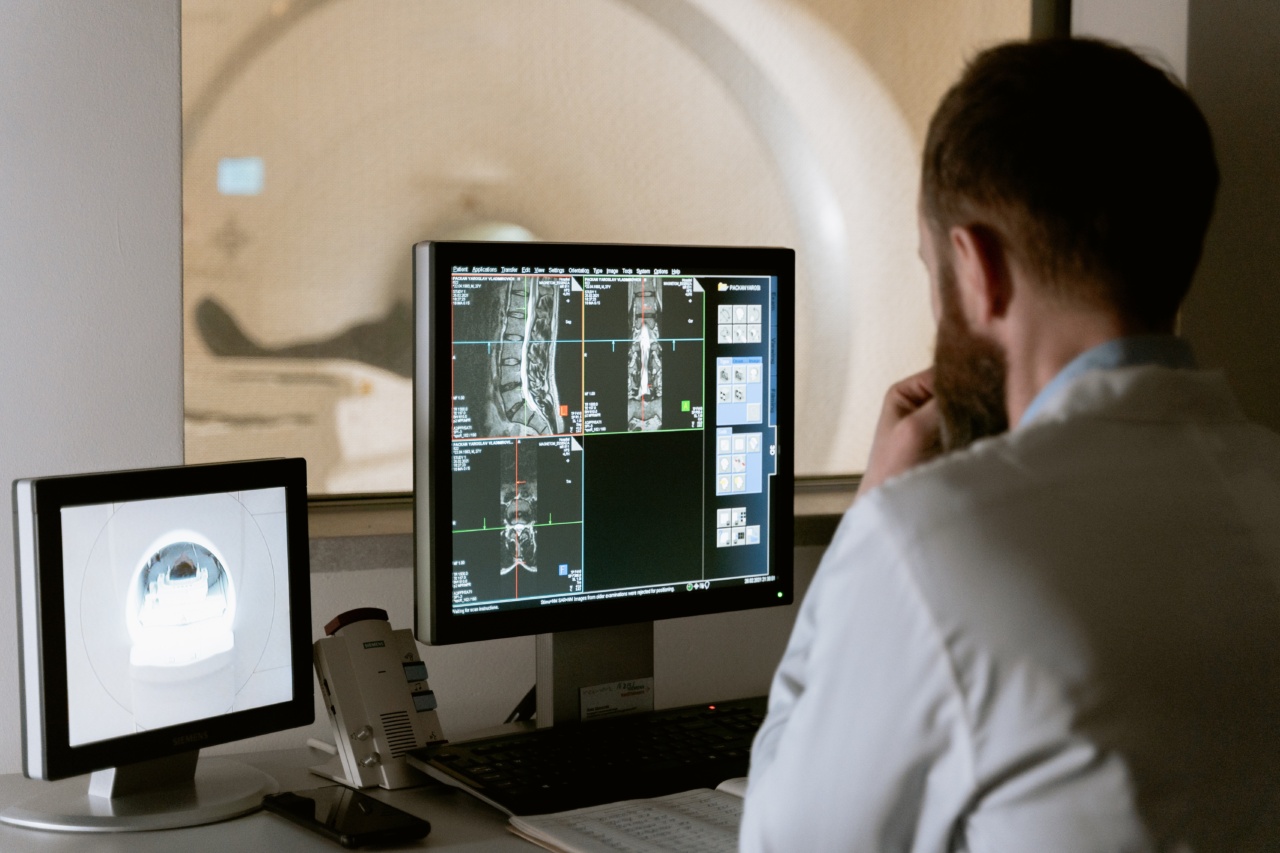Arterial health assessment is essential for diagnosing and preventing cardiovascular diseases. It is a diagnostic tool that measures the stiffness of the arteries and indicates the risk of developing heart disease or stroke.
The most common method of assessing arterial health is through the measurement of the ankle-brachial index (ABI).
What is an Ankle-Brachial Index (ABI)?
The ankle-brachial index (ABI) is a simple, non-invasive test that compares the blood pressure in your ankle to the blood pressure in your arm.
This test is performed by using a blood pressure cuff to measure the systolic pressure of both the brachial artery in the arm and the dorsalis pedis artery in the ankle.
An ABI test gives a good indication of the blood flow in your arteries. If the results show that circulation in your legs is impaired, it can be an early sign of peripheral artery disease (PAD).
CAD is a common vascular condition caused by fatty deposits clogging and hardening blood vessels, reducing blood flow to the legs and feet.
Who should get an ABI test?
An ABI test is recommended for people with an increased risk of developing PAD, which includes:.
- Individuals over the age of 65
- Diabetics
- People with high blood pressure
- Smokers or people with a history of smoking
- Individuals with high cholesterol levels
- People with a family history of vascular disease
- Patients with coronary heart disease or history of heart attack
How is an ABI test performed?
To perform an ABI test, the patient is asked to lie down on an exam table. A blood pressure cuff is placed around the upper arm, and another cuff is placed around the ankle.
The inflatable cuffs are inflated to measure the blood pressure in the upper arm and ankle arteries. The test is repeated for both legs.
After measuring the blood pressure, the systolic pressure in the ankle is divided by the systolic pressure in the arm to get an ABI value. A normal ABI value ranges between 0.9 and 1.3.
An ABI value below 0.9 indicates a blockage or narrowing in the arteries of your legs, while an ABI value above 1.3 suggests stiff arteries or calcification of the arteries.
What do the results of an ABI test indicate?
The results of an ABI test give an indication of the blood flow in your arteries.
- An ABI value of 0.9 or less is considered abnormal and may indicate peripheral artery disease (PAD).
- An ABI value of 1.0 to 1.3 is considered normal.
- An ABI value above 1.3 may indicate stiffness or calcification of the arteries.
If the results indicate an abnormal ABI value, further tests such as ultrasound or angiography may be recommended. Treatment options may include lifestyle changes, medication, or surgery to improve circulation.
Benefits of an ABI test
An ABI test is a quick, non-invasive test that can provide valuable information about the health of your arteries. It can help detect early signs of PAD, which is crucial for preventing complications such as heart attack, stroke, or amputation.
An ABI test is a simple and cost-effective way to assess arterial health and predict the risk of cardiovascular disease in high-risk individuals.
Early diagnosis and treatment can reduce the risk of developing severe complications and improve long-term health outcomes.
Conclusion
Arterial health assessment is essential for preventing and treating cardiovascular disease. An ABI test is a simple, non-invasive test that can detect early signs of PAD and predict the risk of developing heart disease or stroke.
If you are at an increased risk of developing vascular disease, talk to your healthcare provider about getting an ABI test done. Early detection and treatment can help improve your long-term health outcomes and prevent severe complications.




























